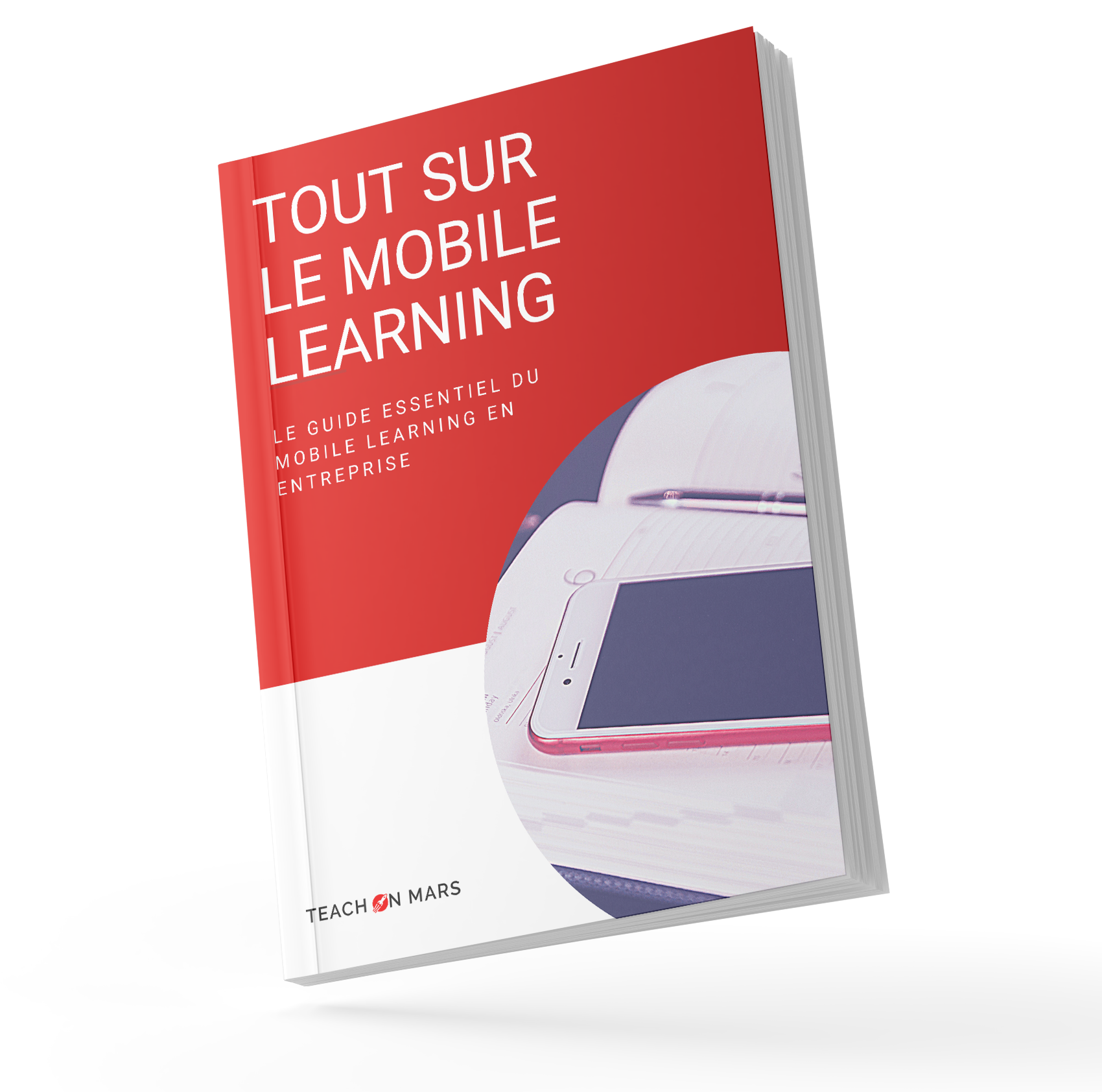Bruno Vannieu, a French teacher passionate about pedagogy, has been living in Japan for over 20 years. He has written numerous French and English textbooks and has been active in teacher training. He is currently an award-winning professor at Kobe University, one of the top schools in the nation. In this interview, he tells us about how mobile learning fits into a necessary shift in perspective towards second language learning.
1 – Bruno, what do you think of the Japanese traditional education methods, in the context of French learning?
Japanese children study only one foreign language, English, until their first year at university, when they are required to study a second foreign language for at least a year. The bulk of French learners are therefore complete beginners, and we have one year to convince them that French is a language worthy of continued study. Unfortunately, the whole Japanese education system is oriented towards comprehension (reading and listening), and leaves little room for expression. A lot of grammar, almost no communication… This is very detrimental to motivation and assimilation, and a big waste. This situation needs to change because French teaching in Japan is under attack and might disappear altogether if we don’t act decisively.
2 – What have you tried to do to inject dynamism into training techniques?
I have been taking part in the development of new French learning materials, geared more toward speaking and based on learning through automatisms (repeat words, grammatical constructions …). Our textbooks are becoming increasingly popular. On the one hand, information is gradually distilled: new language is introduced when it is needed and in the right amount. On the other hand, the goal of each lesson is always a communication activity. Lessons revolve around conversations about everyday-life topics.
The result is a motivating dynamic where students quickly learn to express themselves, where they can converse for a few minutes after an hour of learning ….
3 – How does mobile learning come into the picture ?
My coauthors and I worked over the last 15 years to create an original, efficient format for our textbooks, and I believe we have had good success. But a few years ago, I started having the feeling that I was hitting a kind of glass ceiling. Paper materials work well in the context of a class, with many interactions between students and teacher. But 90 minutes a week is not enough to assimilate the basic mechanisms of the French language. French grammar is notoriously difficult, and that’s not a myth! I felt the need to provide additional practice for vocabulary and grammar patterns that included sound.
So I started to test online gaming activities such as flash cards as a review tool for my students. I found it useful, but incomplete in terms of activity diversity, graphical design options, and teacher dashboard … The idea then came to me of using mobile learning, with a full range of tracked activities to train students.
Universities have computer rooms and provide e-learning solutions that are supposed to be used on computers. But the reality is that fewer and fewer students use computers. On the other hand, they are using their smartphones all the time, even while walking, biking, or commuting … In Japan, people pay a lot for their mobile plans, but their devices are largely sponsored by the operators, so students often change phones, and many possess the latest models. In my experience, 99% of Japanese university students have a smartphone.
4 – You have elected to work with Teach on Mars, a French start up, which is a long way from your “playground”. Why?
Teach on Mars was recommended to me by a consultant in new technologies for its native turnkey solution. Learning activities are varied and work offline, the backend allows you to easily manage learners and statistics, and content production is simple, instantaneous, and independent. It really is the ideal solution for teachers without much technical knowledge. Teach on Mars apps can be used on smartphones and tablets, and even on the web for the few students who do not (yet) have a smartphone. Teach on Mars has allowed us to quickly create a mobile learning prototype, “Drill Café”, to teach French to Japanese.
5 – You now have a mobile learning prototype in your hands, so what’s your next step?
In just a few months, we’ll be able to offer universities a blended learning experience consisting of the Teach on Mars digital solution on the one hand, and photocopiable worksheets on the other. The idea is that any teacher in any class can pick a lesson, get their students to practice the exercises before the next class, then have a successful communication activity in class. This is true blended learning. I believe this could be a real opportunity for change in Japanese universities: it is difficult to get conservative teachers to adopt a progressive textbook for their courses, but they may be willing to give it a try if the solution is light and actually helps them teach more efficiently.
Blended learning with mobile learning tools is still very underused in Japan, so there is a lot of potential! Teach on Mars proposes a flexible and lightweight solution, one that may gradually help us change teaching practices. After beginning with French courses, we are looking to get into the much larger and more competitive English education market.
Bruno, thanks for sharing your experiences with us, and some of the “Drill café” images, your French mobile learning prototype. We wish you and Teach on Mars great success in Japan!
To be continued!

Diplômée d’école de commerce et passionnée par les innovations du numérique, Noémie a enfilé son scaphandre et rejoint l’équipe Teach on Mars au poste de Content Manager. Elle intervient en marketing et événementiel tout en contribuant à Teach on Earth, une initiative sociale et environnementale.






